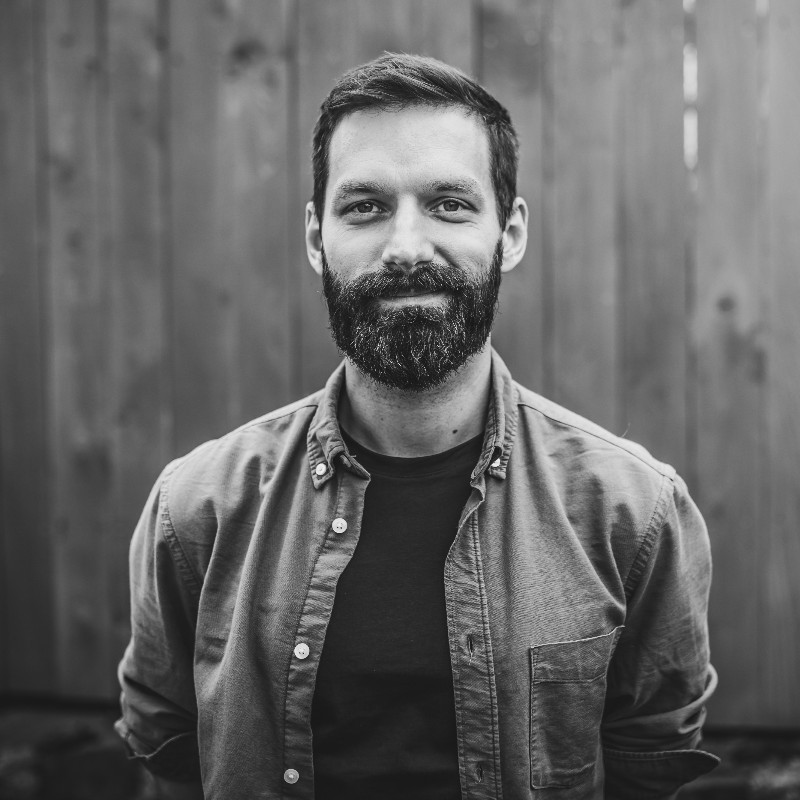Post-traumatic stress disorder is a common human reaction to an extreme stress load
Whether you are interested in PTSD from a professional standpoint or just as a layman, I think everyone would benefit from having this book in their library
Handbook of PTSD
Handbook of PTSD Science and Practice/ Post-traumatic stress disorder and everything you need to know about it
Post-traumatic stress disorder is a common human reaction to an extreme stress load. As I am interested in this topic, I decided to pick up the Handbook of PTSD Science and Practice from Routledge (Taylor & Francis Group). And it is this very title that I would like to present to you today.

Handbook of PTSD
Complexity and thoroughness are two key ingredients making this book a distinctive guide on PTSD. In it, you will find essays and studies by more than 50 authors, most of whom have dedicated their entire lives to studying this phenomenon. Due to the variety of authors and topics, the book is divided into 4 main parts:
I. Historical Overview: Setting the Context
II. Scientific Foundations and Theoretical Perspectives
III. Clinical Practice: Evidence-Based State of Art
IV. Emerging Territory
This title offers the reader everything from a short overview of the historical context of this disorder, scientific background, and theories going all the way back to the 1980s to notes from clinical practice. It also discusses the advances in treatment including new methods such as internet-based psychotherapy or telemental health approaches. Last, but not least, it contains a part dedicated to the influence of PTSD on society, presenting PTSD as public health crisis often following the all too common catastrophic, mass casualty events.
Whether you are interested in PTSD from a professional standpoint or just as a layman, I think everyone would benefit from having this book in their library. And despite its steeper price, it is well worth it.
I would even be so bold as to recommend this book to all filmmakers and writers who want to include this aspect of human experience in their work. Perhaps this way we could avoid the all too common pop-culture simplification of how PTSD manifests in people’s lives. PTSD is often seen as either just a concern of war veterans or, conversely, it’s used way too lightly by people exaggerating their daily difficulties. But the vast majority of cases happen somewhere in between. As we learn more about PTSD, we find that it affects a far wider spectrum of people than just war veterans and that there are many kinds of hardships outside of a battlefield that produce such responses in human organisms. And it is well worth being looked into because no one is without a risk.
If you are interested in the realities of PTSD, but not yet ready to dig into a book like this, I wholeheartedly recommend visiting the National Health Portal (NZIP) as your starting point.
Language-wise, I would only recommend this book to readers whose English is on the C1 level and above. After all, this book is a piece of academic literature and, while fascinating, it is not easy bedtime reading.
Translated by Gabriela Ježková




















